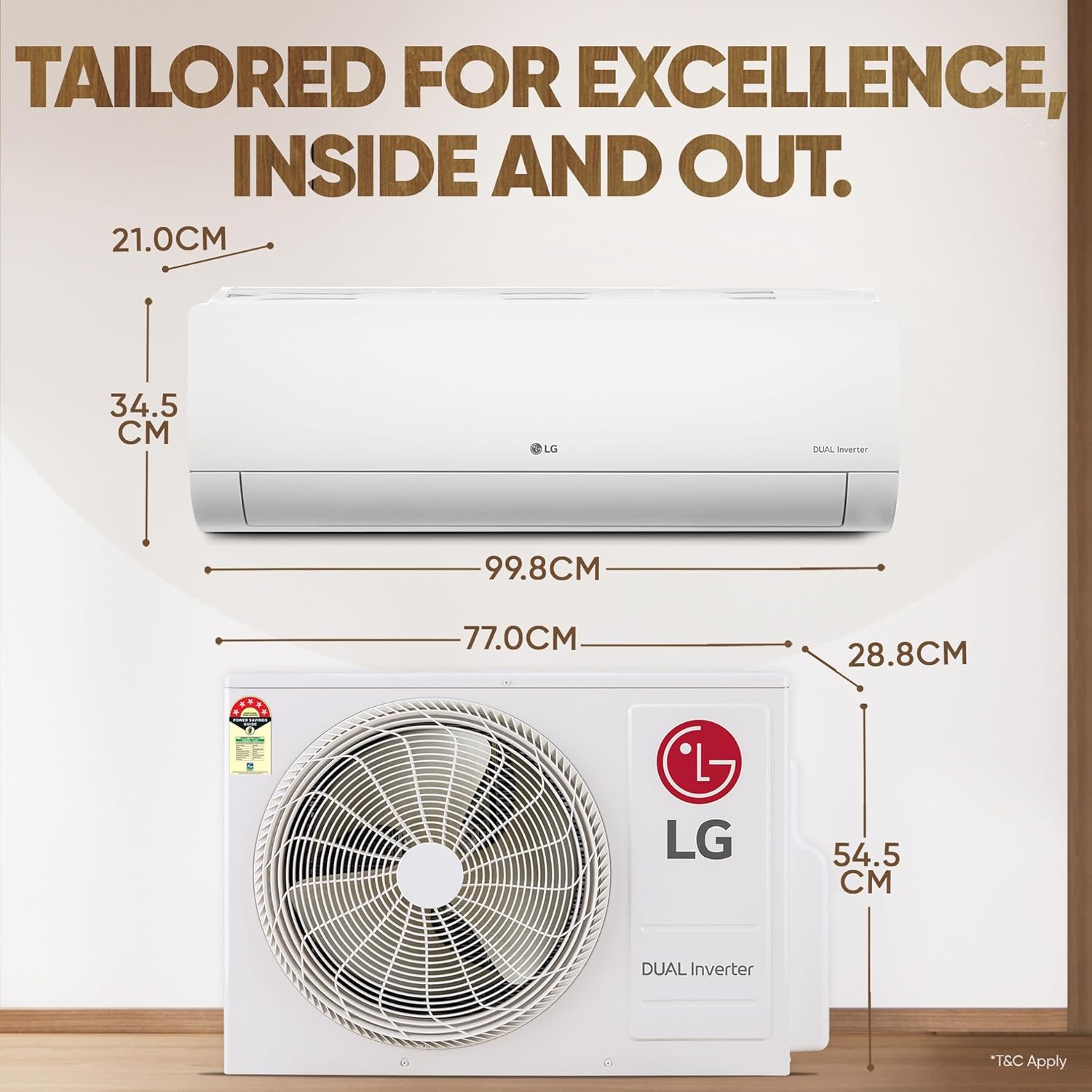A Comprehensive Guide to Air Conditioning Fittings
Air conditioning systems are integral to modern life, providing comfort and climate control in various environments, from homes to commercial spaces. These systems consist of a myriad of components, and one crucial aspect is the air conditioning fittings. Air conditioning fittings are essential for connecting and securing various parts of the HVAC system, ensuring optimal performance and efficiency.
In this comprehensive guide, we will delve into the world of air conditioning fittings, exploring the different types available, their applications in HVAC systems, and the key considerations for installation. Whether you’re an HVAC professional, a homeowner, or someone interested in understanding the intricate details of air conditioning systems, this article will serve as a valuable resource.
Are you looking to buy AC tools?

1: Types of Air Conditioning Fittings
Air conditioning fittings come in various types, each designed to serve specific functions within the HVAC system. Understanding these types is essential for selecting the right fittings for your needs. Here are some common types of air conditioning fittings:
1. Flare Fittings: Flare fittings are used to connect copper tubing to various HVAC components, such as evaporator and condenser coils, condensing units, and service valves. They create a strong and leak-resistant connection through a threaded interface.
2. Soldered Fittings: Soldered fittings, also known as soldered joints, are used to connect copper tubing through the process of soldering. These fittings are common in refrigerant lines and can be used to create secure, leak-free connections.
3. Brazed Fittings: Brazed fittings are similar to soldered fittings but involve the use of a higher-temperature brazing process. They are often used in HVAC systems for connections that require extra strength and reliability.
4. Compression Fittings: Compression fittings are designed for easy, tool-free installation. They consist of a threaded nut and ferrule that compress onto the tubing, creating a secure and leak-proof connection.
5. Union Fittings: Union fittings consist of two halves that can be easily connected and disconnected, making them ideal for system maintenance and repairs. They are often used in systems that require occasional disassembly.
6. Schrader Valves: Schrader valves, similar to those found in bicycle tires, are used in HVAC systems to control refrigerant flow. These are typically found on service valves and access ports.
7. Quick-Connect Fittings: Quick-connect fittings allow for rapid connection and disconnection without the need for tools. They are commonly used in refrigerant lines, reducing installation time and labor costs.
2: Applications of Air Conditioning Fittings
Air conditioning fittings find applications in various parts of HVAC systems, ensuring the seamless operation and efficiency of the air conditioning and refrigeration equipment. Let’s explore where and how these fittings are used:
1. Refrigerant Lines: Fittings play a critical role in connecting the evaporator and condenser coils, service valves, and other refrigerant-carrying components. These connections are vital to maintain a sealed system for refrigerant circulation.
2. Condensing Units: Fittings are used to connect the condensing unit to the evaporator coil, ensuring that refrigerant flows effectively and heat exchange occurs efficiently.
3. Air Handlers: Fittings are used in air handlers to connect the coils, blower motors, and other components, allowing for efficient heat exchange and air circulation.
4. Ductless Mini-Split Systems: Ductless mini-split systems rely on fittings to connect the indoor and outdoor units. These fittings ensure refrigerant flow, facilitating effective heating and cooling.
5. Heat Pumps: Heat pump systems use fittings to connect the various components, allowing for the reversal of the refrigeration cycle for both cooling and heating purposes.
6. Central AC Systems: Central AC systems utilize fittings to connect the compressor, evaporator coil, and condenser coil, ensuring proper refrigerant flow for efficient heat exchange.
Are you looking to buy new AC?

3: Advantages of Air Conditioning Fittings
Air conditioning fittings offer several advantages that contribute to their prominence in HVAC systems:
1. Reliability: Fittings provide secure connections that are essential for maintaining the integrity of the HVAC system, preventing refrigerant leaks and ensuring efficient operation.
2. Versatility: There is a wide range of fitting types available to accommodate various HVAC system components, making them adaptable to different system configurations.
3. Ease of Installation: Many fittings are designed for straightforward installation, reducing labor costs and installation time, especially in large-scale HVAC projects.
4. Leak Resistance: Properly installed fittings create leak-resistant connections, reducing the risk of refrigerant leaks, which can be costly and environmentally harmful.
5. Maintainability: Union fittings and quick-connect fittings allow for the easy disassembly and reassembly of HVAC components, facilitating maintenance and repairs.
4: Installation of Air Conditioning Fittings
Proper installation of air conditioning fittings is crucial to ensure the longevity and efficiency of the HVAC system. Here are the general steps involved in fitting installation:
1. Select the Right Fittings: Begin by selecting the appropriate fittings for your specific application. Ensure that they match the tubing or pipes’ diameter and are compatible with the refrigerant used in the system.
2. Prepare the Tubing: Clean the ends of the tubing that will be joined using a tubing cutter or appropriate cleaning tools. Properly deburr the tubing to remove any rough edges.
3. Flare or Solder: Depending on the type of fittings you are using, either create a flare or solder the tubing to the fitting. Ensure that the connection is secure and leak-free.
4. Compression Fittings: For compression fittings, slide the ferrule and nut onto the tubing and insert the tubing into the fitting. Tighten the nut until it creates a snug, leak-proof connection.
5. Schrader Valves: Schrader valves can be installed on service valves or access ports by threading them into the appropriate openings. Make sure they are properly seated to prevent refrigerant leaks.
6. Quick-Connect Fittings: Install quick-connect fittings by simply pushing the tubing into the fitting until it clicks into place. To disconnect, release the locking mechanism and pull the tubing out.
7. Testing: After installation, it is essential to perform a pressure test to verify that the fittings are leak-free. This can be done using a pressure gauge or a soap and water solution to detect any leaks.
8. Support and Alignment: Ensure that the tubing and fittings are properly aligned and supported to prevent stress on the connections, which can lead to leaks over time.
Air conditioning fittings are an indispensable part of HVAC systems, ensuring that the various components work together seamlessly to provide comfort and climate control. Their reliability, ease of installation, and adaptability make them a preferred choice for HVAC professionals and system installers. Whether you are maintaining an existing system or planning a new installation, understanding the significance of these fittings will help you make informed decisions and ensure the optimal performance of your air conditioning and refrigeration equipment.
Let me know if you want any additions information! Follow on Instragram









 Please enter your name and phone number below, We will get back to you soon.
Please enter your name and phone number below, We will get back to you soon.